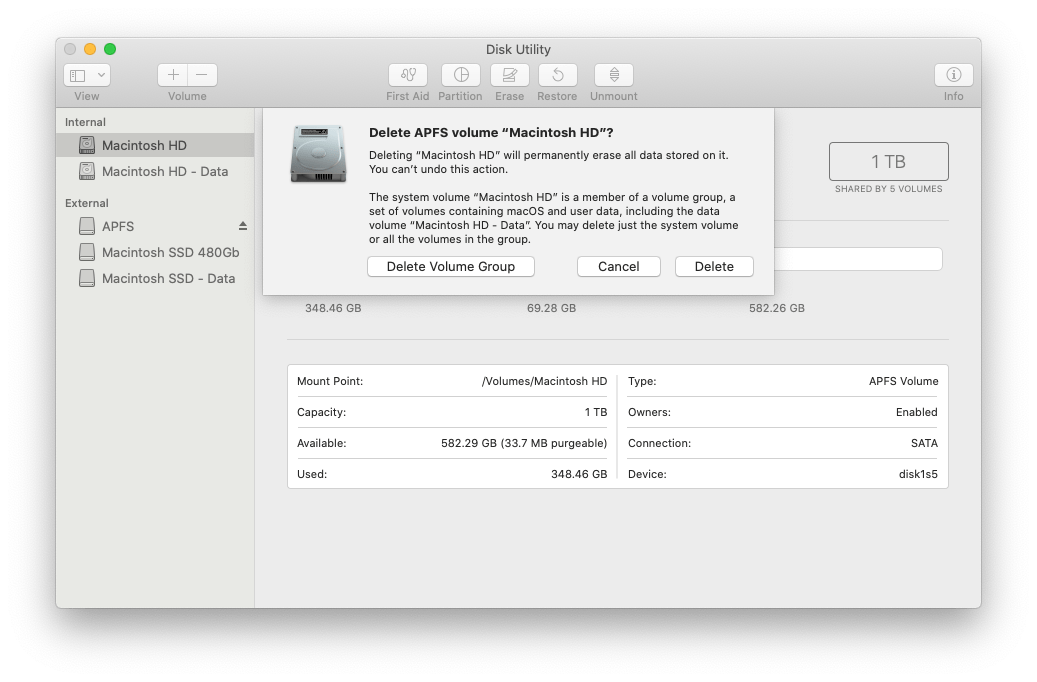Get Help if you need to Erase and Reinstall a Intel Apple Mac computer, and get help on how to erase and reinstall intel mac computer, and get help on if you should need to erase mac OS.
Erase and Reinstall Mac OS on Intel iMac, MacBook, MacBook Air, MacBook Pro.
How to Erase and Reinstall Mac OS by Keith Thomas.
How to Erase and Re-Install Mac OS on Intel Apple Mac Computers. And When should you Erase or Reinstall Mac OS on a Apple Mac Computer?
Get Help if you need to Erase or you need to Reinstall Mac OS on an Intel Apple Mac Computer.
Or get Onsite Mac OS Support and On Site Help by an Apple Expert and Apple Mac Computer Specialist for On Site Apple Support and On Site Apple Mac Computer Help service in London, Central London, in Surrey, Hampshire, Berkshire, Wiltshire.
Before you erase and reinstall a Apple Intel computer you might be able to fix or get professional help before you decide to erase and reinstall intel mac as sometimes getting help from a Apple Mac computer expert and a Apple Mac computer specialist can save you the time in needing to erase and reinstall intel mac. Some times if Mac OS is slow or you have a very slow Apple Mac computer and you have done all of the troubleshooting tips and tasks that you can do then you can erase and reinstall a intel Apple Mac computer. but make sure that your have a Apple Time Machine Backup and verify a Apple Time Machhne backup before you erase and reinstall intel mac and Mac OS. Apple Time Machine Support.
Erase reinstall Mac OS Big Sur – How to erase Mac by Keith Thomas – Apple Specialist.
Erase reinstall Big Sur on Apple Intel Mac by Keith Thomas – Apple Specialist and Mac Expert.
- How to erase and reinstall MacOS Big Sur.
- Why does a macOS erase and re-install help with the performance of a Apple Mac computer?
- How to start again with a fresh and clean install of MacOS Big Sur.
- Erase iMac Big Sur.
- Erase MacBook Big Sur.
- How to Factory Reset iMac or MacBook Using Mac OS Big Sur.
- How to Reinstall Mac OS Big Sur.
- Mac OS Recovery Console Support Assistance.
Do you need to start again with your Apple Mac computer or you need to give away, sell or trade in your Apple Mac computer for a new one?
How to Erase and re-Install macOS Big Sur.
This guide is for Apple Mac computer users, that want to start again and have a clean installation of MacOS Big Sur on your 2014 or newer Apple Mac computer, if you have a newer Apple Mac computer that is a Apple M1 computer, then do not follow this guide as with MacOS Monterey and newer MacOS there is a new way to reset a Apple Mac computer back to its factory setting for an out of the box experience.
Read our guide on how to re-install MacOS Big Sur from the macOS recovery console on your Apple Mac computer.
This guide will show you how to erase your Apple Mac computer, so you start again with a clean installation of MacOS Big Sur.
The steps below will erase and delete everything that is on your Apple Mac computer!
Do not follow this guide if you are using macOS Monterey or newer a macOS!
One of the best ways to speed up a slow Apple Mac computer is to have a backup of your data on the Apple iCloud and then simply start again using a clean installation of macOS from the macOS Internet recovery mode on newer Apple Mac computers.
Why Erase and clean install a Apple Mac computer?
Have you been using macOS Sierra • macOS High Sierra • macOS Mojave • macOS Catalina and now MacOS Big Sur from upgrades and updates?
Over time an Apple Mac computer that has had many macOS upgrades done each year, can become slow or unreliable. So, one of the best ways in 2021 and 2022 is to simply start again with a clean fresh installation of the newest and latest macOS operating system software version that your Apple Mac computer can support.
- Do you want to have the best Apple performance from your Apple Mac computer?
- Are you thinking about how to fully optimise the performance of MacOS Big Sur?
- Are you looking to start again with a clean installation of MacOS Big Sur and clean install your applications?
- And you now need a clean installation of MacOS Big Sur?
- What does a erase and re-install macOS install do?
How to erase (format) and re-install macOS to start again with a clean macOS installation.
Erase and re-install macOS.
The erase and re-install macOS process will delete all of your data, and this will put your Apple Mac computer back to a factory condition, we call this a out of the box experience.
If you have had your Apple Mac computer for a while, and you have been upgrading the macOS operating system software each year, over time the macOS operating system software is not fully optimised and often, slow or crashing or unreliable.
So, the task of an erase and re-install of the macOS can help with the performance and stability of the Apple Mac computer.
- With a macOS erase and clean install, any computer viruses or Mac Malware are eliminated.
- The storage volume speed is optimised, and any software disk errors are marked and resolved!
- By installing macOS Big Sur from an erased storage volume will give the best possible disk performance.
How to prepare a Mac computer for a MacOS clean install.
- Make sure that you have a backup of your data before you start.
- Our steps will erase all of the data from your Apple Mac computer!
- Best tip to avoid data loss if you have time!
- Use a external USB SSD storage volume as a startup disk to test the tasks below to avoid any data loss!
So you can start again with a clean installation of macOS Big Sur as if the Apple Mac computer was new and out of the box experience!
Time needed: 59 minutes.
Make an Apple Time Machine Backup.
- Use a external storage volume to create a Apple Time Machine backup.
Connect a external USB • USB C storage volume to the Apple Mac computer.
- Format the External storage volume.
Use the Apple Disk Utility to Erase the external storage volume ready for Time Machine.
- Setup Apple Time Machine.
Open the Time Machine icon from the Apple Menu items System preferences.
Select the external storage volume as the backup disk.
Choose use disk.
Allow the Apple Mac computer to create a Apple Time Machine backup. - Start the Apple Mac computer from the macOS recovery console.
Shut down the Apple Mac computer.
Disconnect the external storage volume and any other devices from the USB or USB C ports on the computer.
Use the Command key and the R key to startup into the macOS recovery console.
For newer Apple MacBooks keep the power button held down to startup the computer into the recovery console.
- Use Disk Utility to Erase the storage volume.
Choose Disk Utility from the macOS recovery console.
Highlight the internal storage volume and click on erase. - Delete APFS volume “Macintosh HD”?
Choose the option to Delete Volume Group.

- Erase the Volume Storage Group.
Click on Delete to Delete the Volume Storage Group.
- Create a new APFS Volume Storage Group.
Format the storage volume to APFS Format.
- Quit the Apple Disk Utility.
Choose Disk Utility from the menu bar.
Quit Disk Utility. - ReInstall macOS.
Choose the option to Reinstall macOS
Then follow the onscreen instructions to reinstall macOS
Erase Volume Group on Mac
When MacOS gets installed or re-installed a Volume Group is created by defautt this is known as a Macintosh HD and a Macintosh HD Data volume group,
With MacOS and APFS you can create additional volume groups. Apple has information on APFS volumes.
Do you have a slow iMac 2012 or slow iMac 2013 or even a slow iMac 2014 computer?
Is your iMac computer now just too slow or very slow?
If you are keen to improve the performance of a slow iMac computer that has a slow SATA 1TB Storage volume.
Would you like to boost the performance of the Apple iMac computer by at least 60% to 70%?
Some iMac 2012 to 2014 computer were sold with a 1Tb hard disk storage volume, and the performance of the 1Tb hard disk can be improved.
The best way to boost the performance of a slow iMac computer at home is to create a external USB 3.0 startup disk to a external solid state storage volume, know as a SSD (solid-state disk).
A solid-state disk has no mechanical parts and is electronic storage, and is also much more reliable, it’s at least 10 times faster than a conventional mechanical storage volume.
This can give a Apple iMac computer that has a slow 1Tb Macintosh hard disk that has a 5400 rpm or 7200 rpm (revolutions per minute) a 60% to 70% performance enhancement.
By using SSD technology in a iMac computer can and will transform its performance.
And it is a task that you can do at home or in your office, simply follow our guide above, to re-install macOS to a external SSD storage volume, or restore your Apple Time Machine to a new SSD storage volume.
The best external SSD storage volumes are from manufacturers like SanDisk and Kingston technology.
We have used a Sabrent external 2.5 USB 3.0 enclosure with a SanDisk 3D SSD or a Kingston A400 SSD to boot the performance of a iMac 2012 computer from being unusable to becoming a fast iMac computer with no spinning wheels, or coloured beachballs.
To get in touch with Keith Thomas simply complete our online website contact form. You can also telephone 07800 940756 between 09:30 am and 20:30 pm Mondays to Sundays. You can also send a SMS Text Message or Apple iMessage to 07800 940756 between 09:30 am and 20:30 pm.
